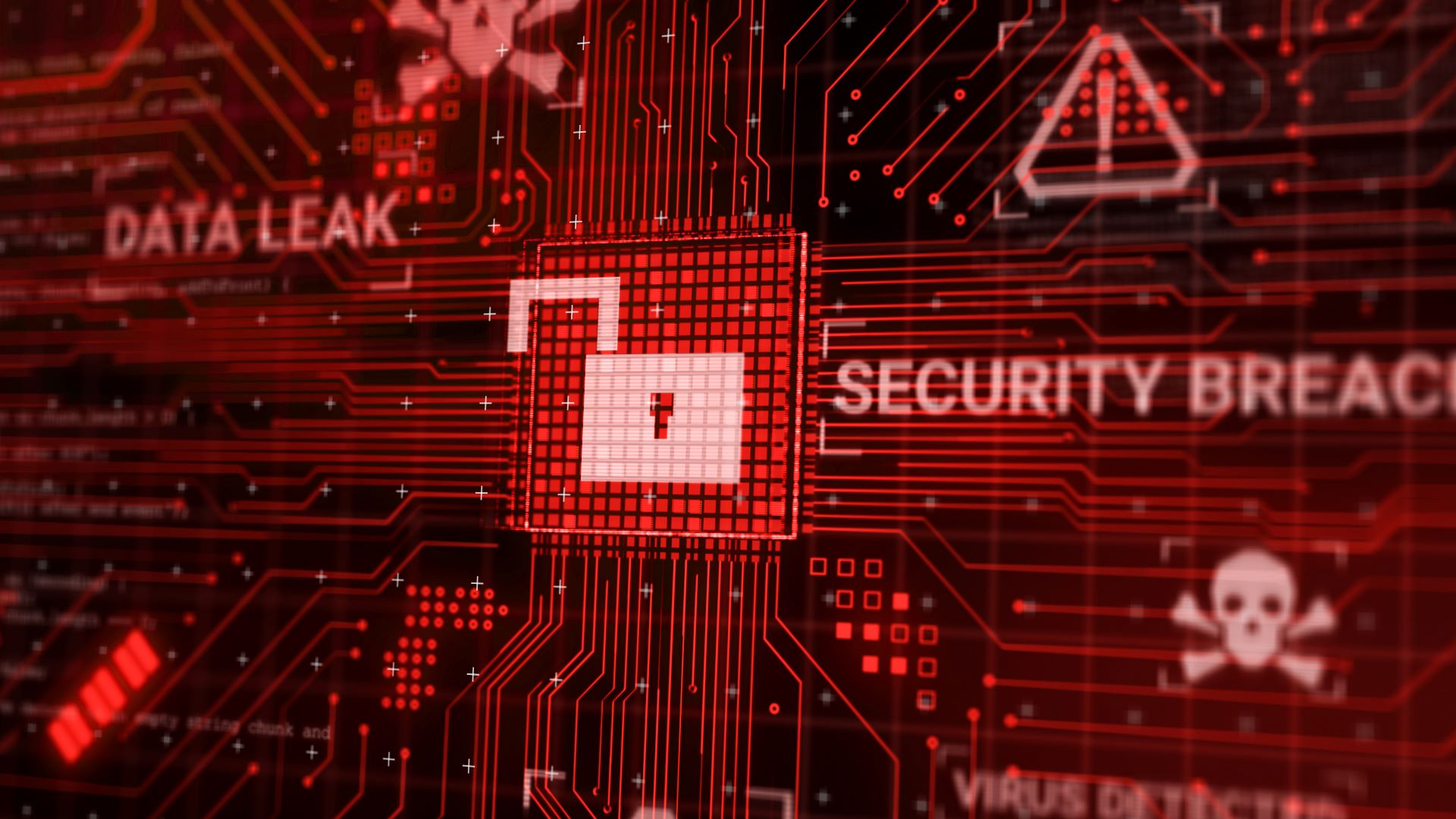In an era dominated by digital transformation, the safety and security of data have become paramount for businesses. From personal details to transaction records, companies hold vast amounts of information that are susceptible to breaches.
Data breaches don’t just undermine a company’s reputation—they come with hefty financial consequences. Companies like NEXT DLP and others offer comprehensive solutions to counteract such threats.
This article delves into the financial repercussions of data breaches and offers tangible steps to curb them using data loss prevention (DLP) strategies.
Understanding The Cost Of Data Breaches
The financial repercussions of a data breach can be staggering. Beyond the direct costs related to identifying and rectifying the breach, there are indirect costs that many overlook. You’ll find yourself grappling with loss of customer trust, legal fees, regulatory fines, and potentially decreased stock value.
A drop in customer trust often translates to reduced sales. After all, would you trust a business with your personal details if they’ve previously had a major data leak?
The Role Of Data Loss Prevention Tools
DLP tools work diligently behind the scenes to identify and prevent unauthorized data transfers. By monitoring and controlling endpoint activities, these ensure that sensitive data remains within the company’s perimeter.
Regular audits, coupled with DLP tools, can spot vulnerabilities before they become major issues. These help you safeguard not only your company’s reputation but also its financial stability.
Effective Strategies To Enhance Data Security
To begin, always prioritize employee training. Many breaches occur due to human error. By ensuring your team knows the importance of data security and the best practices to follow, you’ll significantly reduce the risk of accidental leaks.
Even with the best tools and training, breaches can still occur. Hence, establishing a robust incident response plan is essential to ensure a quick response to such incidents, reducing potential damage and costs.
Monitoring And Regular Upgrades
Staying proactive is key. This means continuously monitoring your systems and updating them as necessary.
Outdated systems are more susceptible to breaches. Regular updates and patch management not only enhance functionality but also bolster security. By integrating and combining them with regular system evaluations, you ensure that your data remains shielded from potential threats.

Embracing A Holistic Approach To Data Security
Don’t just rely on tools; cultivate a culture of security. While DLP solutions are crucial, fostering an environment where every team member is vigilant about data protection is equally important. From the CEO to the intern, everyone should understand their role in maintaining data security.
Encourage open communication. If an employee identifies a potential vulnerability, they should feel comfortable reporting it without fear of repercussions.
Evolving Threats Require Evolving Defenses
As the digital landscape shifts and changes, so do the tactics and strategies employed by cybercriminals. Gone are the days when a simple firewall and antivirus software were enough. Today, threats are sophisticated, targeted, and often cloaked in everyday activities.
Consider the rise of phishing emails. These malicious messages are designed to look like legitimate communication, fooling employees into giving away vital information. The more familiar you are with the evolving threats, the better positioned you’ll be to protect against them.
By staying abreast of emerging cybersecurity threats and ensuring your team does the same, you’ll stay one step ahead of potential attackers. Monthly or quarterly training sessions, regular updates on new threat vectors, and promoting an environment of constant learning can be the cornerstone of your defense strategy.
Prioritizing Data Classification
Not all data is created equal. While some information might be relatively benign, other pieces can be incredibly sensitive. That’s where data classification comes in. By segmenting your data based on its sensitivity and importance, you can apply more rigorous protection to the most crucial segments.
For instance, customer payment details should have a higher security protocol than, say, a company’s lunch menu. Implementing a hierarchy of data security ensures that the most valuable data receives the utmost protection. This tiered approach not only strengthens your defense but also streamlines your security processes.
Leveraging Multi-Factor Authentication
Another effective strategy is the implementation of multi-factor authentication (MFA). By requiring more than one method of verification before granting access, you significantly reduce the risk of unauthorized access. Whether it’s a password combined with a fingerprint scan or a code sent via SMS, MFA adds an extra layer of security that can keep potential intruders at bay.
This is especially important when considering remote work scenarios where team members may be accessing company data from various locations and devices. MFA ensures that even if a password is compromised, there’s still another line of defense protecting your data.
Conclusion
As the business landscape becomes increasingly digital, the importance of data security can’t be overstated. Understanding the financial impact of data breaches and taking proactive measures such as employing data loss prevention tools are vital for every business. By prioritizing data security, you not only protect your company’s bottom line but also its reputation and future growth potential.
Don’t wait for a breach to take action; safeguard your data today and ensure your business thrives tomorrow.



































